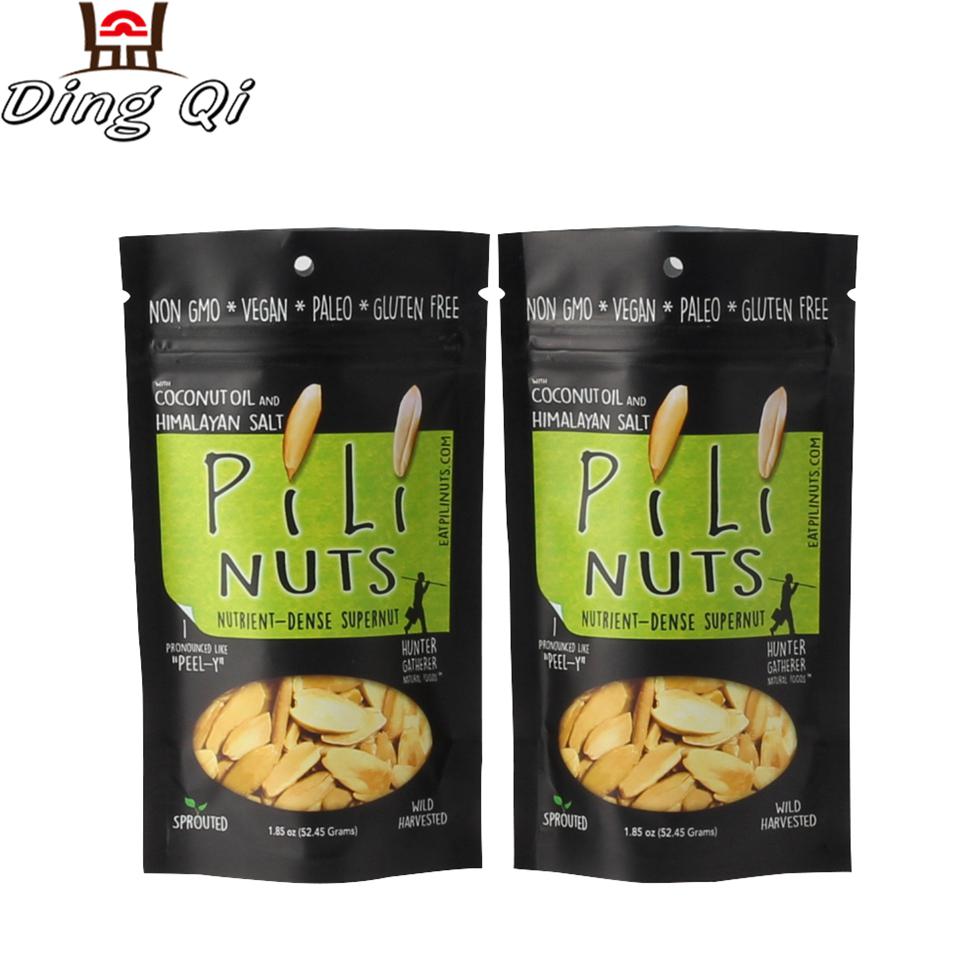
What is gravure printing?
Gravure printing or rotogravure is an intaglio printing process that uses rotary printing capable of producing continuous tone images.
Large copper plated or cylinders are engraved with the chosen design using a laser or diamond tipped stylus. The engravings are referred to as ‘cells’ and are etched in differing depths, with deeper cells providing more intense the colour.
A different cylinder is required for every colour used. The cylinders are then submerged partially in the ink fountain that on rotation fills the recessed cells. A blade wipes excess ink from the surface of the cylinder before the ink is transferred from the cells onto the printing material.
For even coverage, the printing material is fed between the impression cylinder and gravure cylinder. The material is effectively sandwiched with force to push the ink out of the cells to give the best finish. The print material is then dried before proceeding to the next colour cylinder.
Advantages of gravure printing:
Gravure printing is the only high speed and volume print process capable of printing continuous tone images
As a direct print process gravure printing results in better ink laydown and more consistent print quality
Printing times are extremely quick, with modern presses able to produce up to 14m of film per second.
Gravure printing uses quick drying solvent based inks to help speed up the print process
As the process is almost entirely automated the labour costs are relatively low
Gravure cylinders are extremely durable, can be used for several print runs, as long as they are used regularly and can be maintained.

The printing methods of different kinds of plastic food bags are different. The gravure printing process of transparent plastic film used in color printing bags are as follows:
1. Overall analysis. The place of color picture and text should be on white, white can be achieved through white, color needs to hollow out, with spot color printing can make the process more simple. If the text in the picture and text, line content is larger, the number of network lines can be lower.
2. Make and separate color plate before printing. The color plate requires a white version, used for backing, and the corresponding color version. This can be done in the electronic engraving system, or it can be designed in the pre-press design system, and then engraving plate directly on the electronic engraving machine. Specific operation method:
First, make the pattern of a single plastic food bag, input text in Freehand according to the size of each element, and draw color blocks and lines. Set the appropriate color. After the production, check the size, position, text, to make sure there are no errors, the work of the big version.
Considering the width of the bag, the printing surface, and the plastic film width, several bags can be printed in the width direction. According to the plate cylinder diameter, see the version of the circumferential can put a few bags. Be careful to leave a sticky border between the bag and the bag.
Next, the electronic engraving machine for an engraving plate. In the meantime, get the metal version ready. It is important to note that if you are using inside printing, then the graphics and text on the plate and table printing is the opposite.
3. Start printing. The specific steps of printing on the unit type plastic film printing machine are plate setting, scraping knife, preparing ink blending, winding, testing ink, adjusting, and formal printing.
4. The film coating. On a special laminating machine.
5. Bag. Bag-making is the bonding of the two layers of film to form three-side sealed plastic food pouches and cut into a single bag.
The gravure printing process of plastic food pouches seems simple, but the production technology of the manufacturer is taken into consideration very much. The quality of plastic food pouches is not only reflected in the material itself, but also the quality of printing.

